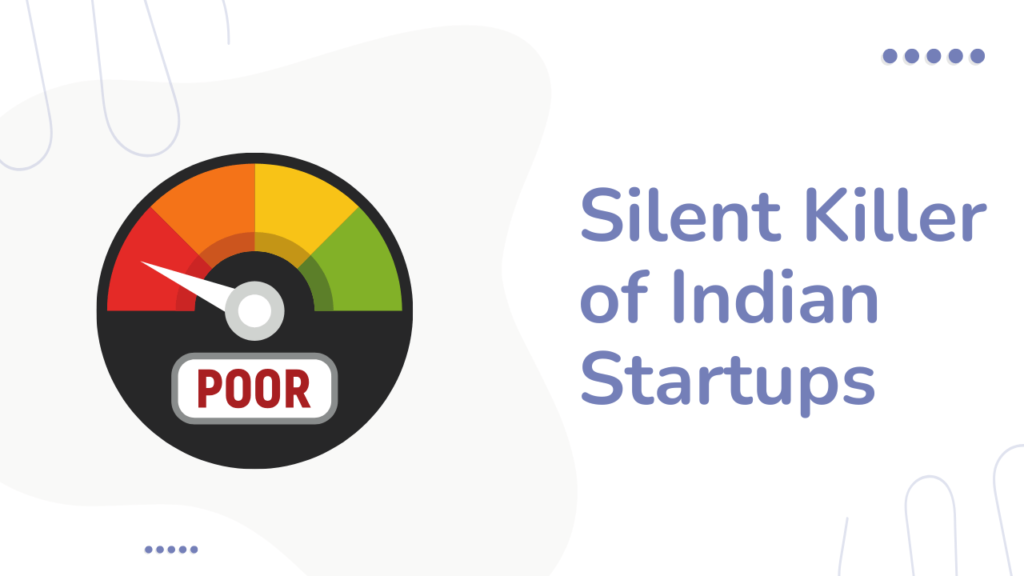The rise of Indian startups has captured global attention. From fintech to food delivery, edtech to healthcare, the narrative is full of ambitious entrepreneurs launching ventures to solve pressing problems. Yet, beneath this glittering surface lies a stark reality—90% of Indian startups fail within their first few years. In 2024 alone, 5,063 startups have shuttered, with Maharashtra leading this grim tally at 929 closures, followed by Karnataka, Delhi, and Uttar Pradesh.
Is lack of funding the sole culprit for this failure? On the surface, it seems plausible. But dig deeper, and you’ll find that the real challenge isn’t always money—it’s the lack of brand awareness, identity, and proper messaging. When no one knows you—neither customers, investors, nor other stakeholders—your product’s existence becomes a fight for survival. Let’s explore how the absence of brand identity creates a cascading effect that dooms many startups.
The Invisible Startup: When No One Knows You Exist

Imagine launching a cutting-edge fintech product that could revolutionize payments. But what happens when potential users aren’t aware it exists? Most startups operate in crowded markets where the loudest voice wins, not necessarily the best product.
Take Paytm, PhonePe, and BharatPe, for instance. These fintech giants dominate consumer recall because of their relentless focus on brand visibility. On the other hand, the 90% of fintech startups that closed down likely didn’t focus on building their identity early on. Without a strong brand presence, their innovations were lost in the noise.
Startups often underestimate the importance of storytelling. A brand isn’t just a name or logo; it’s an emotional connection with customers. Building this connection is what separates survivors from failures.
Funding Crisis or Branding Crisis?

The funding narrative is a double-edged sword for startups. While raising capital is essential, many startups misuse funds by focusing solely on product development and operational scale while sidelining brand-building efforts.
Investors, too, are more likely to back startups with strong visibility. A brand with a clear identity and consistent messaging reassures investors about the startup’s growth potential. For instance, Zomato’s early focus on witty content and consumer engagement on social media created a strong brand identity that attracted customers and investors alike. Contrast this with lesser-known food delivery startups that lacked a distinct brand voice and failed to secure funding or consumer trust.
Without proper messaging, startups fail to convey their vision, limiting their ability to attract both funding and customers.
Indian Startups Problem with Late Branding
One of the most common mistakes startups make is delaying branding until after the product is launched. Branding is often seen as an expense rather than an investment. However, by the time startups realize the need for a strong brand identity, it’s often too late to gain a foothold in the market.
For example, Flipkart, India’s e-commerce giant, focused on branding right from the beginning. Through campaigns like “No Kidding, No Worries,” Flipkart made its presence felt early, building trust with its audience. Compare this to smaller e-commerce ventures that struggled to differentiate themselves amidst Flipkart, Amazon, and Myntra.
Marketing on a Budget: Is It Possible?

Many startups shy away from branding due to cost concerns. However, building brand awareness doesn’t always require extravagant spending. There are always some affordable yet effective channels to establish a brand presence. Experts can help startups to reach their audience with the right content strategy.
Consider D2C (direct-to-consumer) brands like Mamaearth or Boat. They leveraged brand awareness strategies to create a buzz around their products. These cost-effective ways enabled them to compete with established giants. Conversely, startups that overlooked such approaches struggled to capture attention.
The lesson is clear: lack of resources isn’t an excuse to ignore branding. It’s about how creatively Indian startups use what they have.
Role of Brand Awareness in Customer Acquisition
Without brand awareness, even the best products struggle to find customers. In a market flooded with options, customers gravitate toward familiar names.
Take fintech as an example. While startups like Razorpay created significant buzz through targeted campaigns, others with similar offerings failed to gain traction. Why? Razorpay invested early in educating its target audience about the value of its services, thereby ensuring consistent visibility.
The absence of brand awareness creates a domino effect—low customer acquisition leads to poor revenue generation, which further limits the ability to scale or invest in marketing.
Brand Messaging: Glue That Holds Everything Together

A startup’s messaging is its voice in the marketplace. Clear, consistent messaging ensures that stakeholders—whether customers, investors, or employees—understand the brand’s purpose and value.
Startups often falter here by either being too generic or too complex. For example, a health tech startup aiming to simplify diagnostics might focus on technical jargon rather than highlighting how their service makes life easier for users. In contrast, successful brands like Practo thrive because of their relatable, user-focused messaging.
Without proper messaging, even the most innovative product can appear irrelevant or inaccessible to its intended audience.
Why Brand Identity is Crucial for Longevity
Startups that fail to establish a strong brand identity often struggle to build loyalty. A brand isn’t just about attracting customers—it’s about retaining them.
Take Ola, which successfully carved out a brand identity as a reliable and affordable ride-sharing service. This identity not only brought them users but also created loyalty in a highly competitive market. Startups without a clear identity, however, fail to create such lasting impressions, leading to dwindling user bases.
Branding Isn’t Just About Customers—It’s About Ecosystem Buy-In
A startup’s existence depends not just on customers but also on a supportive ecosystem that includes investors, employees, and partners. Without a clear brand identity, Indian startups struggle to gain the confidence of these stakeholders.
For instance, employees are more likely to join a startup with a strong mission and vision. Similarly, investors are more inclined to fund brands with a clear sense of direction. Lack of brand identity often translates to ambiguity, which discourages potential supporters.
Build a Brand for Survival

The staggering failure rate of Indian startups isn’t just a story of lack of funding or operational challenges—it’s a crisis of identity. In a world where perception shapes reality, a brand without awareness, identity, and proper messaging is as good as invisible.
Startups must recognize that brand-building isn’t a luxury but a necessity. Whether it’s through cost-effective digital strategies, engaging storytelling, or consistent messaging, creating a strong brand presence is essential for survival.
The success stories of startups like Zomato, Ola, and Razorpay show that those who invest in brand identity early are more likely to navigate the turbulent waters of entrepreneurship. For the rest, the lack of brand awareness becomes the silent killer, ensuring their stories end before they truly begin.
To thrive in India’s competitive startup ecosystem, it’s time for founders to shift their focus from just product and funding to building brands that resonate, engage, and endure.


